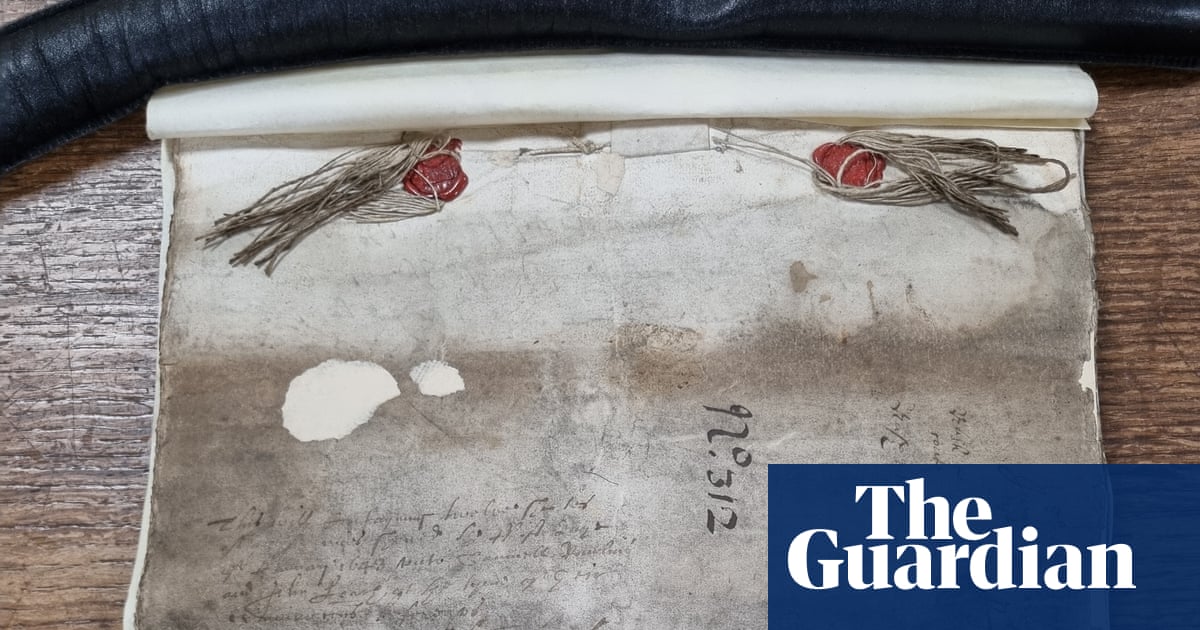
"The original 1642 document was made by Thomas Nash, who was married to Shakespeare's granddaughter Elizabeth Hall. In it, he bequeathed New Place, reputedly the second grandest house in Stratford-upon-Avon, to his own cousin Edward Nash. However, on Thomas's death in 1647, Shakespeare's daughter, Susanna Hall, and granddaughter Elizabeth, Thomas's widow, refused to honour the will, claiming Shakespeare's own will had decreed the property be left to them"
"The Nash will has now been rediscovered in a box of unlabelled chancery documents from the 17th century and earlier by Dr Dan Gosling, a principal legal records specialist at the National Archives. It was an incredible find, said Gosling, who was sorting through the boxes, which were not catalogued or marked with dates or descriptions. The will was known about in the mid-19th century after being seen by a Shakespeare scholar when originally held in the Rolls chapel"
"Shakespeare bought New Place, a three-storied timber and brick dwelling, for 60 in 1597 and lived there until his death in 1616. It had 10 fireplaces, five handsome gables and grounds large enough to incorporate two barns and an orchard. Thomas Nash made the will while living at New Place with his Susanna and Elizabeth. Though Shakespeare's will had left his land and the property to his daughter and granddaughter, it is possible Thomas Nash was making this will"
Thomas Nash's 1642 will bequeathed New Place in Stratford-upon-Avon to his cousin Edward Nash, despite Shakespeare's will leaving the property to his daughter Susanna Hall and granddaughter Elizabeth. On Thomas's death in 1647 Susanna and Elizabeth, Thomas's widow, refused to honour the bequest, prompting chancery proceedings by Edward against Elizabeth to claim New Place. The will has been rediscovered in an unlabelled box of 17th-century chancery documents at the National Archives by Dr Dan Gosling. The document had been seen in the mid-19th century in the Rolls chapel but later became unlisted and remained misplaced for about 150 years.
Read at www.theguardian.com
Unable to calculate read time
Collection
[
|
...
]